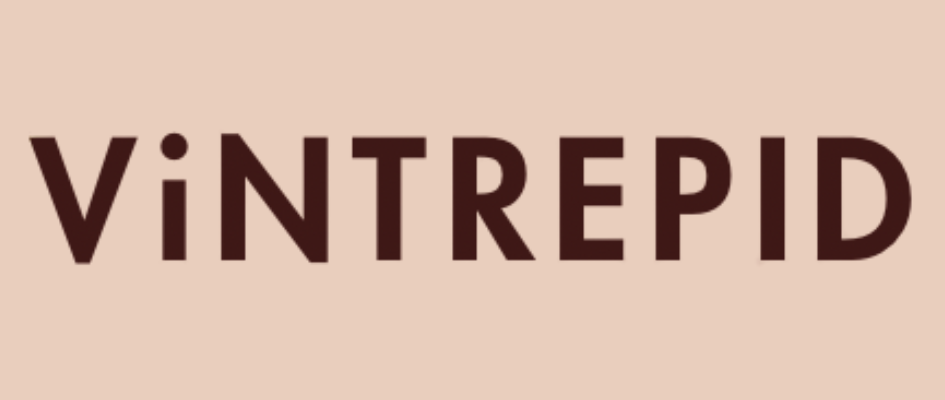In recent years, terms like "biodynamic," "natural," and "low-intervention" have gained traction on wine labels and in conversations — but what do they really mean? And more importantly, why should you care?
🌱 What Is Biodynamic Winemaking?
Biodynamic viticulture goes beyond organic. Rooted in the philosophies of Rudolf Steiner, it treats the vineyard as a living, self-sustaining ecosystem. It involves lunar cycles, compost preparations, and biodiversity to promote soil and vine health. No synthetic chemicals are used, and everything is done with long-term sustainability in mind.
🍇 What Is Low-Intervention Winemaking?
Low-intervention, or minimal-intervention, refers to how the wine is made once the grapes are picked. The idea is simple: do less in the cellar to let the grapes express themselves. That often means native yeast fermentations, no additives (except maybe a small amount of sulphur), no fining or filtering, and little to no oak masking.
🍷 Why It Matters
Biodynamic and low-intervention wines often feel more alive in the glass. They offer texture, energy, and transparency — you’re tasting the vineyard, not the winemaking process. They may also change slightly from bottle to bottle or evolve more noticeably over time.
At Vintrepid, we work with small French producers who embrace these philosophies not as a trend, but because they believe it’s the best way to farm and make wine — responsibly, honestly, and with integrity.
🔍 What You’ll Find in Our Packs
- Certified organic and biodynamic French wines
- Wines made without heavy manipulation or chemical inputs
- Unique, small-batch cuvées full of personality


Share:
Why French Wine Still Reigns Supreme (and Always Will)
From France to Australia: How Classic Grape Varieties Translate